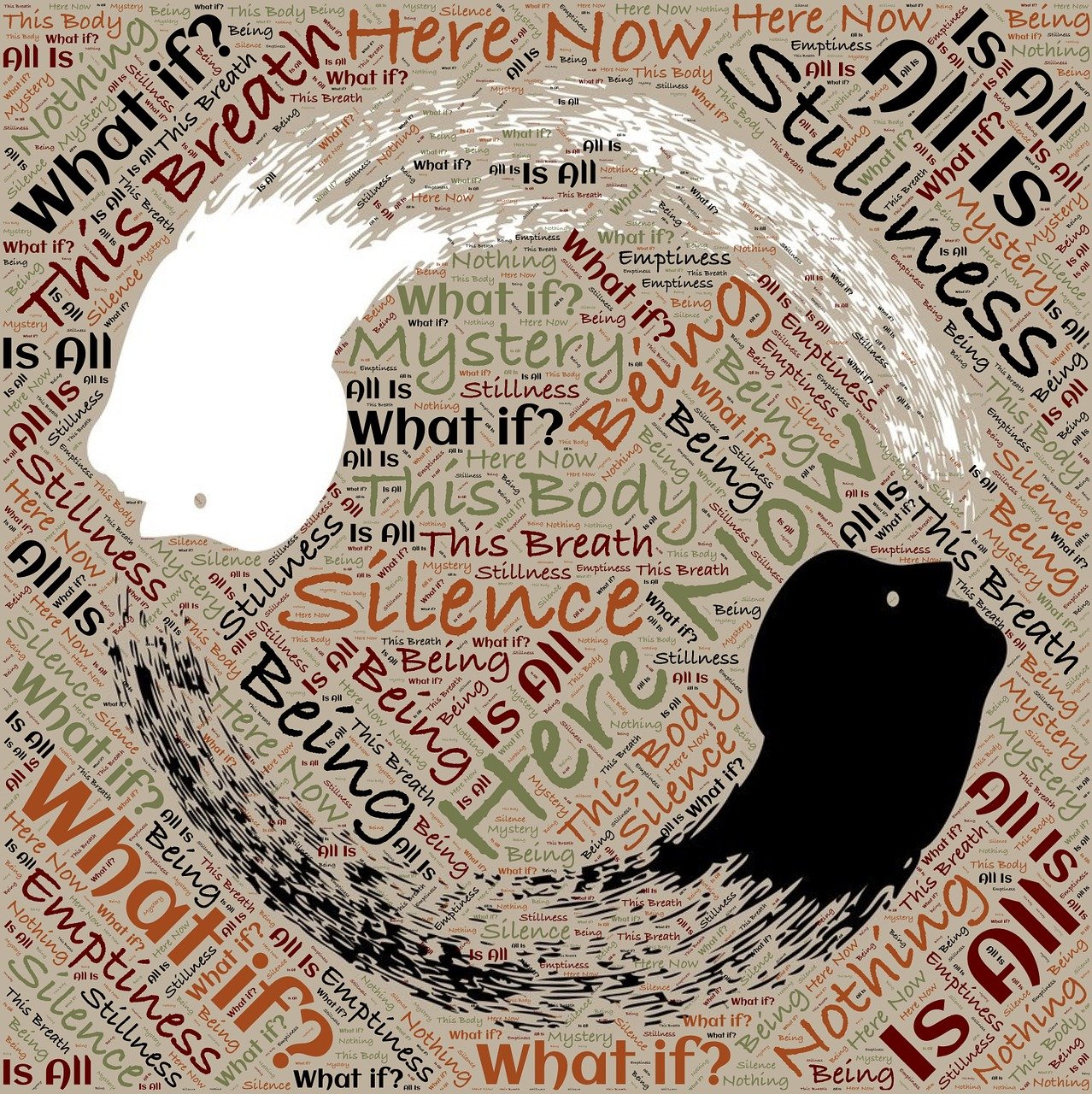Silence (Mauna) is not mere absence of sound, but the very foundation of spiritual realization in Sanatana Dharma and the Vedic tradition. It is regarded as the ground of all knowledge, the state from which creation emerges, and the ultimate climax of spiritual experience.
Vedic and Upanishadic Insights on Silence
• The Mundaka Upanishad extols silence as a means to attain the supreme knowledge of Brahman, the ultimate reality. It states:
“It is unperceived, unrelated, incomprehensible, uninferable, unthinkable and indescribable. It is the cessation of all phenomena; it is all peace, all bliss and non-dual.”
(prapañcopaśamaṃ śāntaṃ śivamadvaitaṃ)
This verse points to the realization that true Self is the “Silence of the Universe”-the substratum beyond all distinctions and dualities.
• Chandogya Upanishad describes the Self (Atman) as dwelling in the heart, beyond speech and thought:
“This Self of mine that lies deep within my heart… it neither speaks nor pays any heed. It is Brahman.”
(Chandogya Upanishad 3.14.1–5)
The Upanishad further teaches that this Self is “smaller than a grain of rice… but larger than all these worlds put together,” emphasizing the infinite, silent presence within.
• Kena Upanishad declares:
“That which is not uttered by speech, that by which speech is revealed… know that to be Brahman and not this that people worship as an object.”
(Kena Upanishad I.5, I.9)
This points to the truth that ultimate reality is beyond all words and is best approached in silence.
Mauna: The Practice and Symbolism of Silence
• Mauna (silence) is both an external and internal discipline. The Puranas and Brahma Sutras describe it as essential for spiritual insight, emphasizing that true silence is the stillness of the mind, not just the restraint of speech.
• Shiva’s Cosmic Silence is a powerful symbol in Hinduism. Shiva, the meditating ascetic, embodies the silence that transcends mind and ego, representing the state of liberation (moksha):
“Shiva’s silence is the womb of creation, the substratum of existence, and the essence of all beings. It is the state of transcendence, where one goes beyond the limitations of the body, the mind, and the ego, and experiences the bliss of the self.”
Silence as the Source and Climax of Knowledge
• The Vedas begin and end in silence, symbolizing that true knowledge is not accumulated, but realized by returning to the silent source within. This silence is the “unmanifested”-the pure potential from which all creation arises.
“Silence is the gateway to a universal truth that transcends the limitations of human perception… a presence that holds the fullness of life within it. In this silence, all dualities dissolve, and the seeker finds themselves on the threshold of the infinite.”
Practical Teachings
• Sri Ramakrishna observed:
“The nearer you approach to God, the less you reason and argue. When you attain Him, then all sounds-all reasoning and disputing-come to an end. Then you go into samādhi, into communion with God in silence.”
• Swami Vivekananda likened silence to controlling the senses and mind, saying:
“Consider that as silence, consider that as meditation.”
Summary
In Sanatana Dharma and Vedic knowledge, silence is not emptiness but the living presence of the divine. It is the source, the path, and the goal of spiritual realization. As the Upanishads and Vedas affirm, only in the stillness of silence does the true Self-Brahman-shine forth, beyond all words and thoughts.

